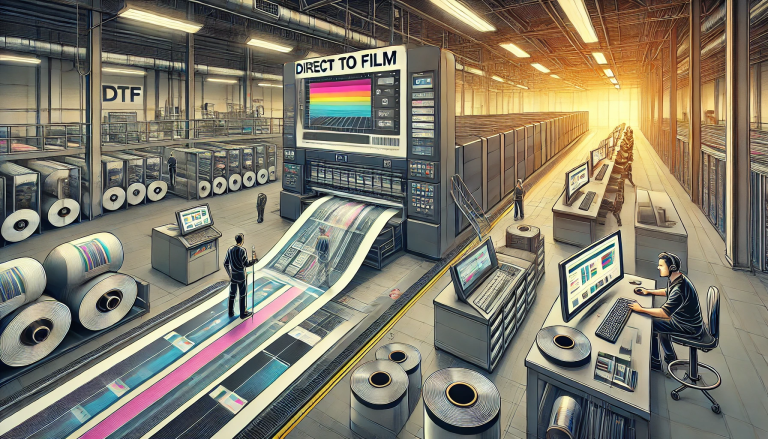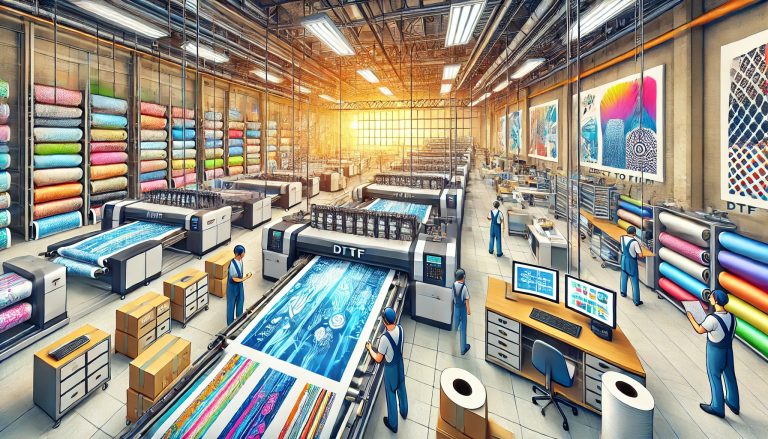“Understanding the Difference Between UV and UV DTF: Exploring Printing Technologies” -MAXDTF- Direct Transfer UV DTF Paper Factory, Transfer DTF UV Decal Wholesale, Made in China
Introduction:
UV printing technologies have revolutionized the world of custom printing, offering exceptional image quality, versatility, and efficiency. Two commonly used techniques within UV printing are UV printing and UV DTF (Direct-to-Film) printing. In this article, we will delve into the differences between UV printing and UV DTF printing, exploring their processes, applications, advantages, and limitations. By understanding these distinctions, you can make informed choices when it comes to selecting the right printing technology for your specific needs.
Part 1: Understanding UV Printing
UV printing is a digital printing method that utilizes UV curable inks. In this process, UV curable inks are directly applied to a substrate, such as paper, plastic, or metal. The ink is then exposed to ultraviolet (UV) light, which instantly cures and hardens it. This results in vibrant, durable, and high-resolution prints that can be applied to a wide range of materials.
Part 2: Exploring UV DTF Printing
UV DTF printing, also known as Direct-to-Film printing, is a variation of UV printing specifically designed for heat transfer applications. In this process, UV curable inks are printed onto a transparent film, typically using an inkjet printer. The printed film is then transferred onto a substrate using heat and pressure, resulting in a vibrant, detailed, and durable image. UV DTF printing allows for customization on fabrics, plastics, ceramics, and other surfaces.
Part 3: Applications and Advantages of UV Printing
UV printing offers several advantages in terms of versatility and image quality. It can be used on a wide range of substrates, including rigid materials like glass and wood. UV printing allows for precise color reproduction, sharp details, and high-resolution prints. The prints are instantly dry and resistant to scratching, making them ideal for applications such as signage, packaging, and promotional items.
Part 4: Applications and Advantages of UV DTF Printing
UV DTF printing offers unique advantages for heat transfer applications. It allows for the customization of textiles and fabrics, including t-shirts, hoodies, and bags. UV DTF transfers provide vibrant, durable, and wash-resistant prints that can withstand repeated laundering without significant loss in color or quality. This makes UV DTF printing ideal for creating customized apparel, personalized gifts, and promotional items.
Part 5: Limitations and Considerations
While UV printing and UV DTF printing offer numerous advantages, it is important to consider their limitations. UV printing may not be suitable for highly flexible or curved surfaces, as the cured ink may crack or peel under stress. UV DTF printing requires the use of specialized films and heat transfer equipment, which may add to the production costs. Additionally, both printing methods may have limitations in terms of color gamut and compatibility with certain substrates.
Summary:
UV printing and UV DTF printing are two distinct printing technologies within the UV printing realm. UV printing involves direct printing onto various substrates using UV curable inks, providing high-quality and durable prints. UV DTF printing, on the other hand, involves printing onto transparent films and transferring the image onto substrates using heat and pressure, making it ideal for heat transfer applications on textiles and fabrics. By understanding the differences, applications, advantages, and limitations of UV printing and UV DTF printing, you can make informed decisions when choosing the right printing technology for your specific needs, unlocking endless possibilities in the world of custom printing.




